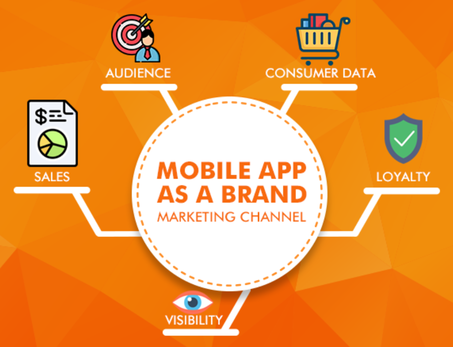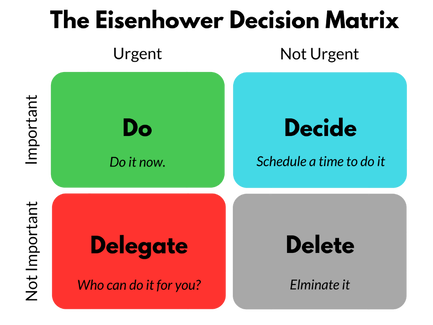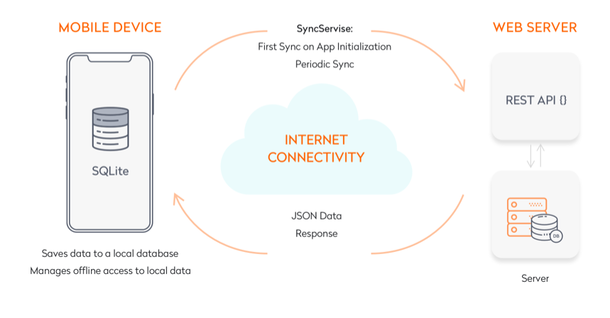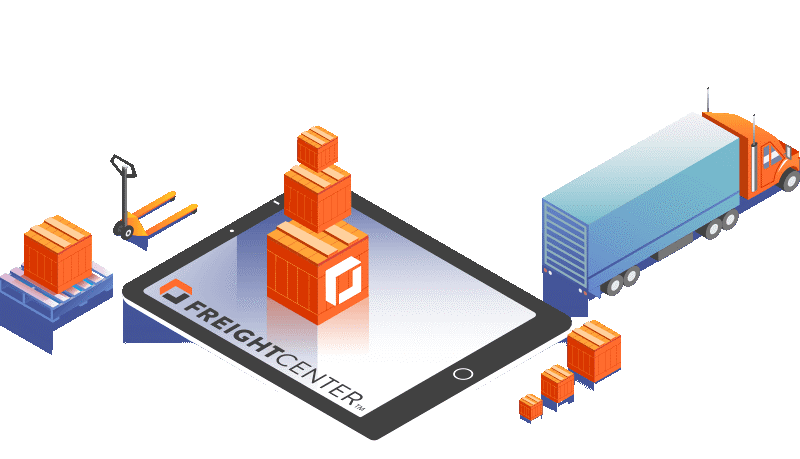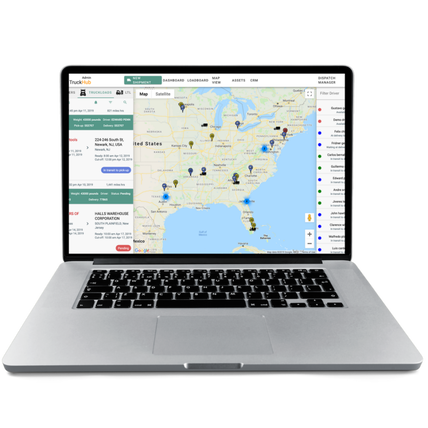Reference Source: https://www.marketwatch.com/story/starbucks-has-more-customer-money-on-cards-than-many-banks-have-in-deposits-2016-06-09
This should give you an idea on how Loyalty Programs increase the company’s revenue and their presence in the market.
Just like every other company, Starbucks started out with a Loyalty Program to attract more customers. The Loyalty Program introduced initially did work but since, it was very easy to accumulate points, Starbucks cafés had longer queue which resulted in below par customer service. The customers were more disgruntled than pleased.
- It would take 125 stars to get a free item
- Every $1 spent = 2 stars
The Loyalty Program also features 2 levels:
- Green (0-299 stars)
- Gold (300+ stars)
This persuades the customer to spend more money and unlock better rewards. This also helps to retain the customer and create a long-term relationship with them. Also, ensure that the functionality of the app is easy-to-use. The Starbucks in-app menu has the following tabs: Pay, Stores, Gift and Order – straightforward and simple!
Now, let’s take a look at the 9 features that have made Starbucks Loyalty Program a hit.
Gathering Customer Feedback and Implementing It
Starbucks launched My Starbucks Idea back in 2008. In that year alone, according to Waterloo, the company received more than 70,000 ideas from customers; by 2015, they had received over 190,000.
Reference Source: http://smbp.uwaterloo.ca/2015/02/my-starbucks-idea-the-starbucks-crowdsourcing-success-story/
Recently, Starbucks uses machine learning which allows the system to make decisions based on customer feedback. It gives the customer a more personalized experience.
Order-Ahead, Pick Up Later
All Loyalty Program users can take advantage of the feature by placing and paying for an order online and then picking it up from the store at their convenient time. This doesn’t only make it convenient for the customer but also intimates the employees to keep the order ready and not rush at the last minute. This helps them improve customer service and it also means shorter queues and quick service.
Exclusive Rewards
Starbucks offers their members access to 3 exclusive features:
- Monthly Double-Star Days (once per month, Gold members can earn 4 stars/$1 spent)
- Personalized Gold Card (quite a nice touch)
- A Reward Every 125 Stars
According to a RedPoint Global survey, 63 percent of consumers expect personalization. These respondents also say they feel recognized by a brand as an individual when they receive personalized offers.
Reference Source: https://www.redpointglobal.com/news/redpoint-global-and-harris-poll-survey-exposes-gap-between-consumer-and-marketer-expectations-for-customer-experience/
Here, you need to remember to not make it very simple to get exclusive rewards. The customer needs to feel special if they are paying over and above to get that status. Ensure that your exclusive customers are the only privileged ones to receive exclusive rewards!
Targeting the Right Customer
By pricing 2 stars at $1, Starbucks made sure that all their clients will have an easy time accumulating stars at a decent pace. And when you take things like the Double-Star Days we just mentioned into account, it becomes apparent just how customer-friendly the new Starbucks mobile app and Loyalty Program is.
Many people who complained that this point system was not acting in their favor are the ones who abused the old check-out system in the first place. Starbucks actually managed to target consumers who are truly valuable to their business – people who love spending both time and money at their Starbucks.
Loyalty Program Members Get to Enjoy Mobile Payments
Mobile payments are becoming more and more popular – and they’re directly linked to Loyalty Programs! Most consumers, approximately 70%, state that it doesn’t only make paying easier, but they could also enjoy the benefits of various rewards and discounts. It’s expected that mobile wallets will end up surpassing the use of both credit cards and debit cards by 2020.
Plus, the Starbucks mobile app goes the extra mile. It allows program members to easily check their balance and reload their cards in seconds.
Reference Source: https://home.bluesnap.com/snap-center/blog/22-mind-blowing-mobile-payment-statistics/
Giving It the Personal Touch
The Starbucks Loyalty Program offers their customers access to:
- Member Events
For instance, Gold Members can get a drink of any size, or a single pastry, for 125 stars.
- Free Birthday Rewards
Starbucks gives the customer a free drink on their birthday to make their special day, extra special!
- Product Customization
Starbucks provides personalized suggestions based on the customer’s previous orders. For instance, if the customer often orders dairy-free drinks, the system recognizes this preference and recommends dairy-free products. In addition, the Starbucks app enables users to save their favorite orders and recommends things to add to an order.
- Special Offers
Starbucks loyalty members can find personalized offers in their offer card on their Starbucks mobile app. This offer can be easily redeemed with a simple tap on the app!
- Additional Third-Party Benefits
Starbucks has a tie-up with Spotify which allows the customers to identify the music playing in Starbucks and save the songs to their personal Spotify playlists.
Incorporating Location Functionality
Allow the app to trace the location of the customer (of course, asking for customer permission is mandatory). Incorporating the location functionality, allows the app to cater better. For instance, Starbucks allows its customers to set a location to pick up their order. Moreover, customers can easily find the nearest Starbucks and check the available amenities.
Starbucks also uses the app to send personalized push notifications with different offers to its customers. For instance, it may be information about featured drinks or promo items in the nearest store.
Engaging Customers
Customer engagement keeps them interested. Customers need to be reminded once in a while about your upcoming product or offers. They provide well-timed recommendations – they can predict a customer’s wishes before they even know they want something.
The Starbucks Happy Hour campaign uses a customer’s location data and time zone to send a push notification guiding them to a nearby Starbucks shop for a free Happy Hour drink. When customers get the invitation, they’re led to a screen in the app that explains the promo, then guides them to the nearest location.
Access to Product Information
In today’s date, the dietary preferences of customers have changed, and each of them have their own preferences. It is best that the customer knows the ingredients are sourced and what ingredients are used in the products that they are ordering.
Starbucks is on its way to implement a feature for its mobile app that gives users information on where its packaged coffee is delivered from, where it was grown, and what the company is doing to support farmers in those locations. With this feature, Starbucks also tells users where and when their coffee was roasted and provides tasting notes.
Wrapping It Up
- Give access to customers to pay conveniently only if they join your Loyalty Program.
- Provide only the most exclusive and loyal members exclusive rewards.
- Incorporate the order-ahead feature – this makes the customer feel special and also makes it super convenient for them.
- Keep the Loyalty Program budget friendly keeping a subtle balance between customers who actually enjoy and love your product versus those who are just in it for free goodies.
- Personalize some of the rewards, so that the members truly feel like your brand cares about them – this will help you build a brand-centered community of loyal consumers that will promote your services.
Designing a successful Loyalty Program like Starbucks in the year 2020, would be the best investment for any restaurant or business. It will help build a following for your brand and making customers feel special. If you wish to create an app and a brand like Starbucks, contact the App Scoop Vancouver Mobile App Development Team or Mobile app developers– https://app-scoop.com.












